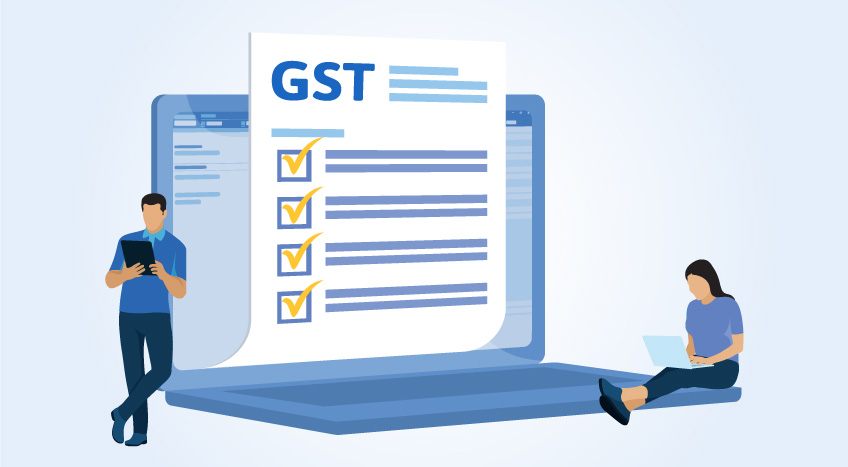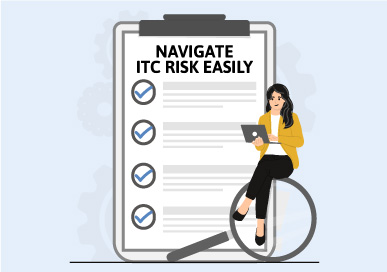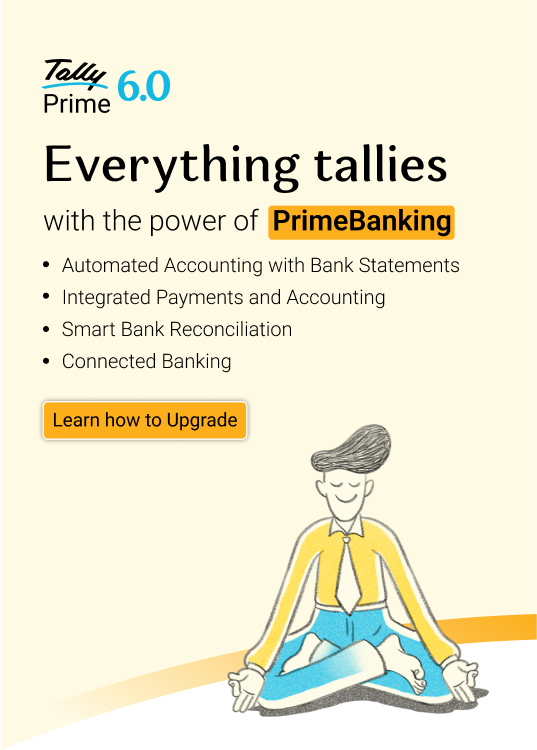DSC (Digital Signature Certificate), Electronic Signature (E-Sign) and Electronic Verification Code (EVC) are the three methods of user authentication in the GST portal. Before proceeding, one should be clear about the difference between EVC and e-signature, difference between DSC and EVC, as well difference between DSC and e-signature.
What is DSC, E-sign and EVC?
DSC or Digital Signature is equivalent to physical signature used to authenticate the identity of individual or organisations in any kind of document signing. DSCs use a cryptographic keys to keep your signature safe. Where e-sign or electronic signature is digital way to sign a document online, an alternative to the traditional handwritten paper signature.
EVC or Electronic verification code service is only available individual registered users of the e-Filing portal to generate EVC. It's a one-time password (OTP) used for GST system o verify the taxpayer.
Why it's mandatory for user authentication in GST portal?
In the GST portal, to verify the taxpayer’s identity, secure sensitive data, and ensure legal validity of filings. These methods prevent unauthorized access, comply with GST laws, and make every submission secure, authentic, and enforceable under the Information Technology Act.
DSC, E-sign and EVC difference
Digital Signature Certificate (DSC)
Digital Signature Certificates (DSC) can be used to sign documents digitally. In India, DSC are issued by authorized certifying authorities. You can obtain a DSC from one of the authorized DSC-issuing certifying authorities. Click here to obtain a DSC. Note that the GST portal accepts only PAN based Class II and III DSC.
To authenticate the user using DSC, a person should first register the DSC in the GST Portal. This can be done from the user login in the GST Portal. You can visit our blog ‘How to register DSC’ for the step by step details to do this.
In the GST portal, using DSC for user authentication is mandatory for companies and Limited Liability Partnerships (LLP).
Electronic Signature (E-Sign)
Electronic Signature (E-Sign) is an electronic signature service in India which facilitates an Aadhar holder to digitally sign a document.
In the GST Portal, a person can digitally sign a document using a One Time Password (OTP) which will be sent to the mobile number registered with Aadhar.
Electronic Verification Code (EVC)
In the GST portal, a person can authenticate the user using an OTP (One Time Password). The OTP will be sent to the registered mobile number of the Authorized Signatory. The OTP is called the Electronic Verification Code (EVC) and a person who wants to do the user authentication using an OTP can select this method.
Hence, all tax payers can now easily perform activities of GST compliance completely online. Companies and LLPs should note that they mandatorily need to acquire a DSC and register the same in the GST portal for user authentication. Other dealers can choose either the E-Sign or EVC modes. An Aadhar holder can easily do the user authentication with his/her Aadhar number by using the E-Sign option. Users can also use the EVC option, wherein, an OTP will be sent to the mobile number of the Authorized Signatory.
Read more











